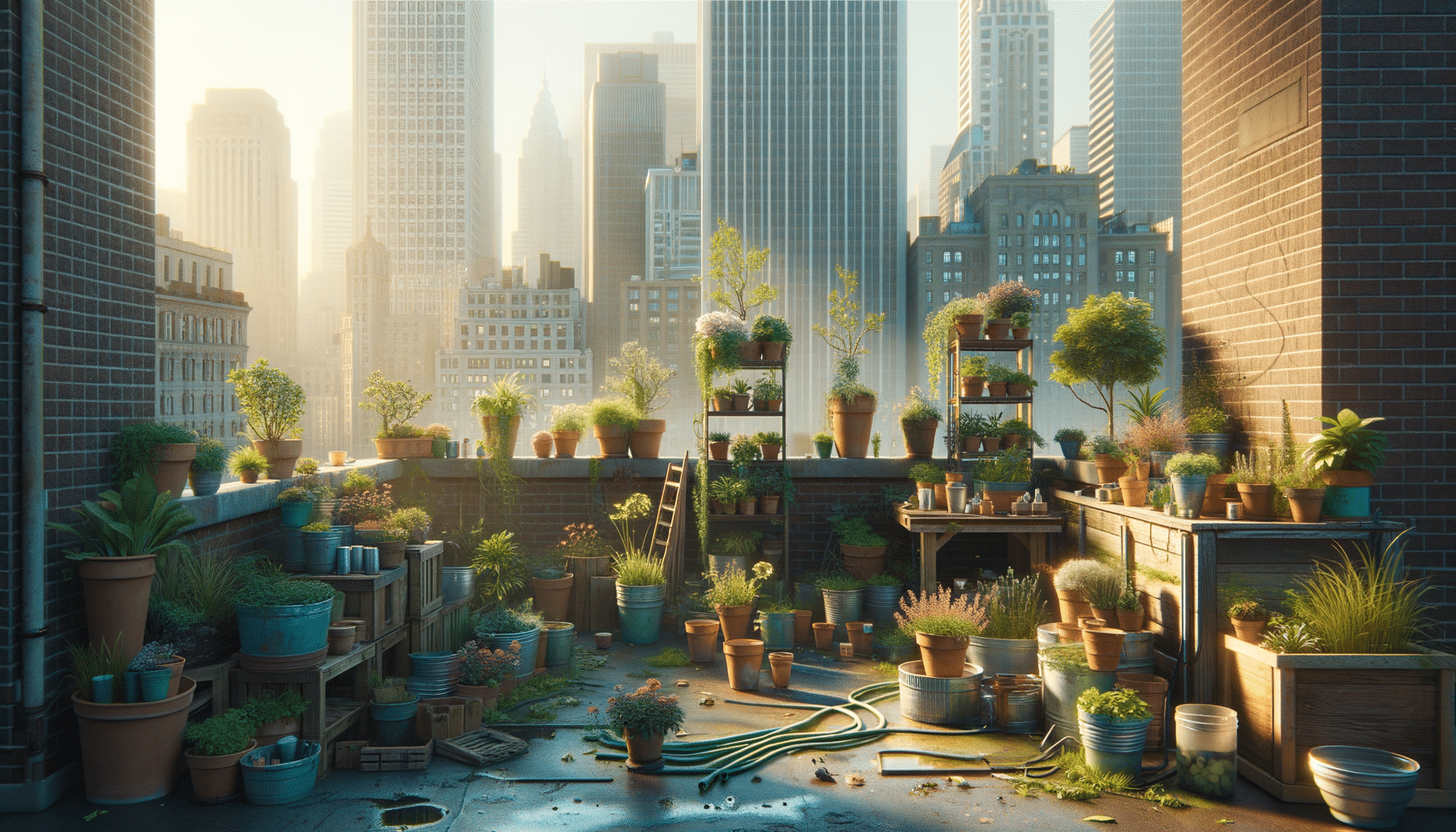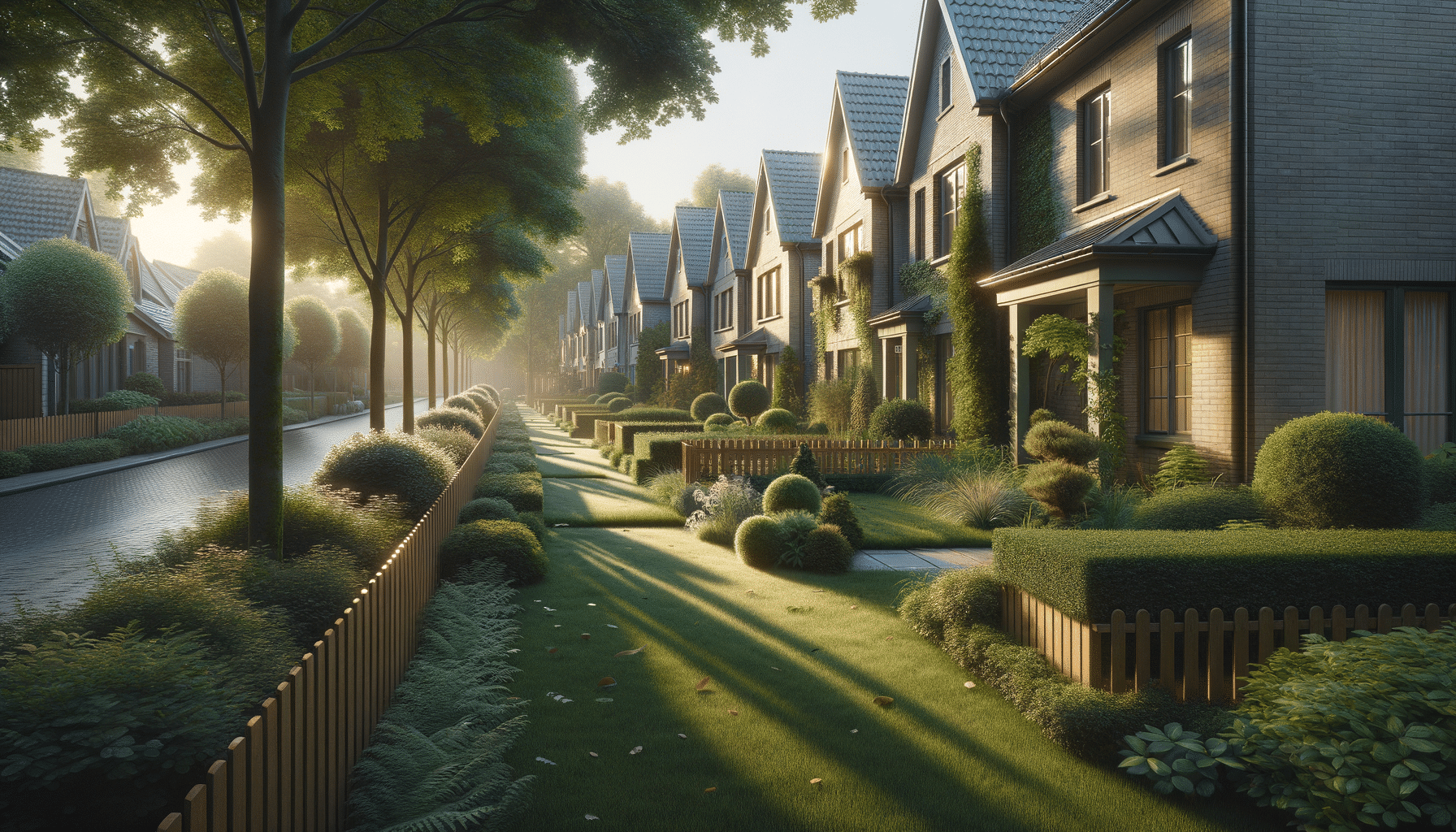
Gardening Tips for Urban Environments
Introduction to Urban Gardening
Urban gardening has become an increasingly popular trend as more people recognize the benefits of bringing greenery into city living spaces. Whether you have a small balcony, a rooftop, or even a windowsill, urban gardening offers a chance to connect with nature, improve air quality, and even grow your own food. The challenge lies in making the most of limited space and resources while maintaining a sustainable approach. This article delves into practical and creative ways to cultivate a thriving garden in urban environments.
Maximizing Space in Urban Gardens
One of the primary challenges of urban gardening is the limited space available. However, with some ingenuity, even the smallest areas can be transformed into lush gardens. Vertical gardening is a popular solution, utilizing walls and fences to grow plants upwards. This not only saves space but also creates a visually appealing green wall. Consider using hanging planters, wall-mounted pots, or trellises to support climbing plants.
Another effective strategy is container gardening, which allows for flexibility in plant placement. Containers can be moved to capture sunlight or to create a specific aesthetic. Choose lightweight pots to make rearranging easier and consider self-watering containers to reduce maintenance needs. Additionally, tiered shelving or plant stands can maximize vertical space, enabling you to layer plants at different heights.
For those with access to a rooftop, transforming this area into a garden oasis can be incredibly rewarding. Rooftop gardens not only provide a serene escape but also help insulate buildings, reducing energy costs. When planning a rooftop garden, ensure the building structure can support the weight and consider wind protection measures, such as using windbreaks or selecting sturdy plants.
Choosing the Right Plants for Urban Environments
Selecting the appropriate plants is crucial for a successful urban garden. Consider the amount of sunlight your space receives daily, as this will determine which plants will thrive. For sunny areas, herbs like basil and rosemary, or vegetables such as tomatoes and peppers, are excellent choices. In shadier spots, opt for leafy greens like lettuce and spinach or shade-tolerant flowers like impatiens and ferns.
Another consideration is the climate of your urban environment. Choose plants that are well-suited to your local weather conditions to reduce the need for additional resources such as water and heat. Native plants are often a sustainable choice as they are adapted to the local climate and typically require less maintenance.
For those looking to add color and fragrance, consider flowering plants that attract pollinators like bees and butterflies. Marigolds, lavender, and zinnias not only beautify your space but also support local biodiversity.
Implementing Sustainable Gardening Practices
Sustainability is at the heart of urban gardening, as it promotes environmental stewardship and resource conservation. One way to practice sustainability is through composting, which recycles kitchen scraps and garden waste into nutrient-rich soil. Composting not only reduces waste but also enhances soil fertility, promoting healthier plant growth.
Water conservation is another critical aspect of sustainable gardening. Implementing drip irrigation systems or using rain barrels to collect rainwater can significantly reduce water usage. Additionally, mulching around plants helps retain moisture and suppress weeds, further conserving water.
Choose organic fertilizers and pest control methods to minimize chemical use. Natural solutions such as neem oil or companion planting can effectively deter pests without harming beneficial insects. By adopting these sustainable practices, urban gardeners can create eco-friendly spaces that thrive with minimal environmental impact.
Overcoming Common Urban Gardening Challenges
Urban gardeners often face unique challenges, such as pollution, limited sunlight, and pest control. To mitigate pollution, consider using air-purifying plants like snake plants or spider plants, which can improve air quality. If sunlight is limited, invest in grow lights to supplement natural light and ensure plants receive adequate illumination.
Pest control in urban settings can be tricky due to the proximity of neighboring gardens. Encourage natural predators like ladybugs or introduce beneficial nematodes to control pests organically. Regularly inspecting plants for signs of disease or infestation can also help catch issues early before they spread.
Noise pollution is another factor that can impact urban gardens. Creating a tranquil space with water features or dense plantings can help buffer sound and provide a peaceful atmosphere. By addressing these challenges proactively, urban gardeners can cultivate thriving gardens that enhance their living spaces.


